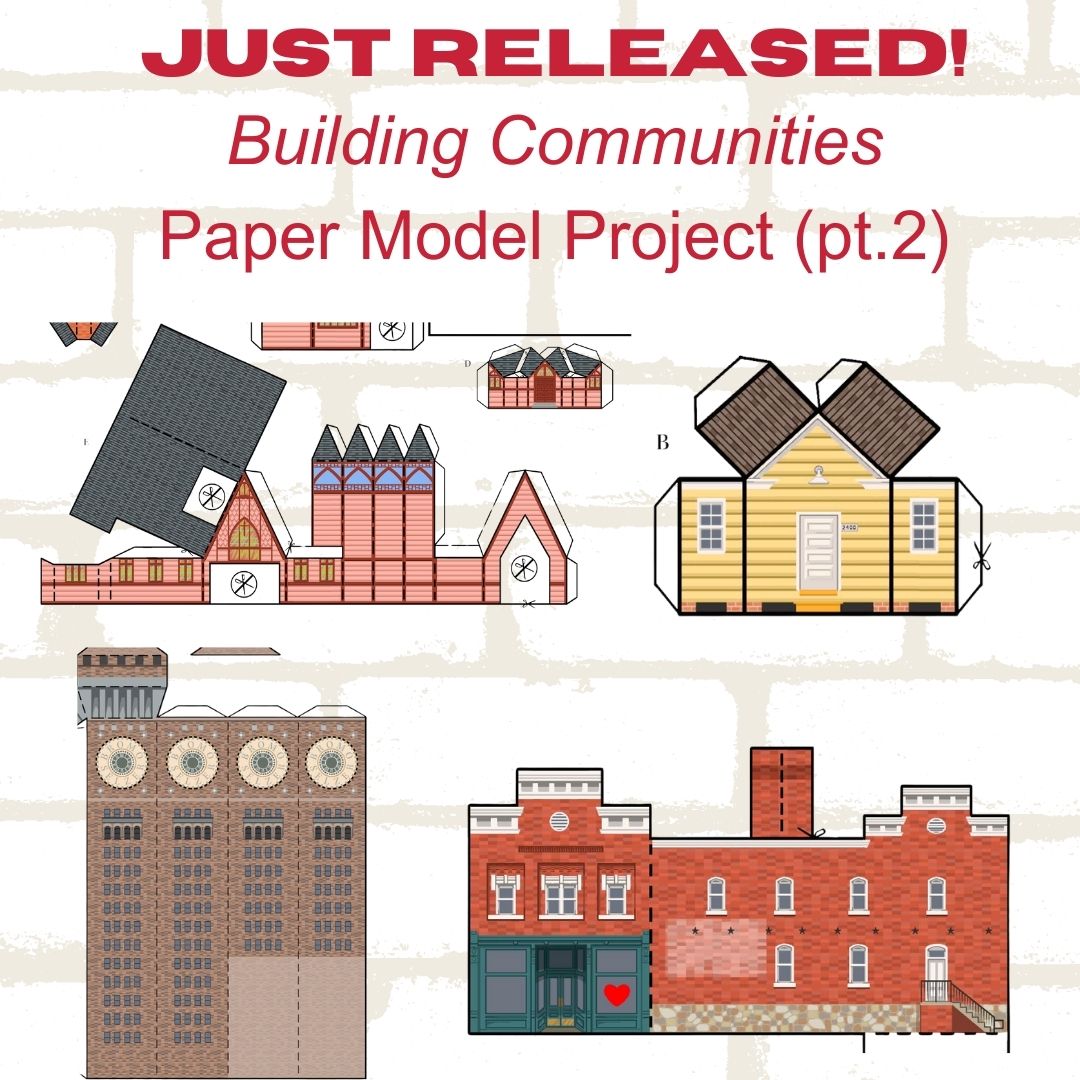Preservation Maryland is excited to release the complete Building Communities paper model series, highlighting projects we’ve touched through grants, technical assistance, and our Historic Property Redevelopment Program. Each paper model features the history of these structures in a fun, interactive way.
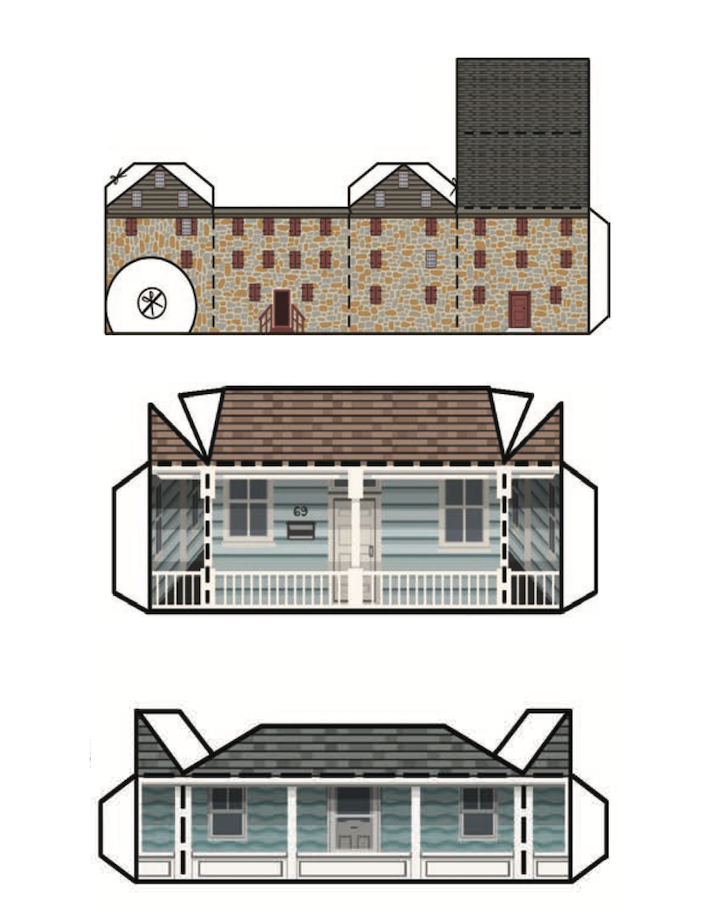
Last week we released three model projects of our own Historic Property Redevelopment Program, Rock Run Mill, Burtis House, and Berlin House
The rest of the series is now here and includes historic structures from across Maryland, 11 in total!
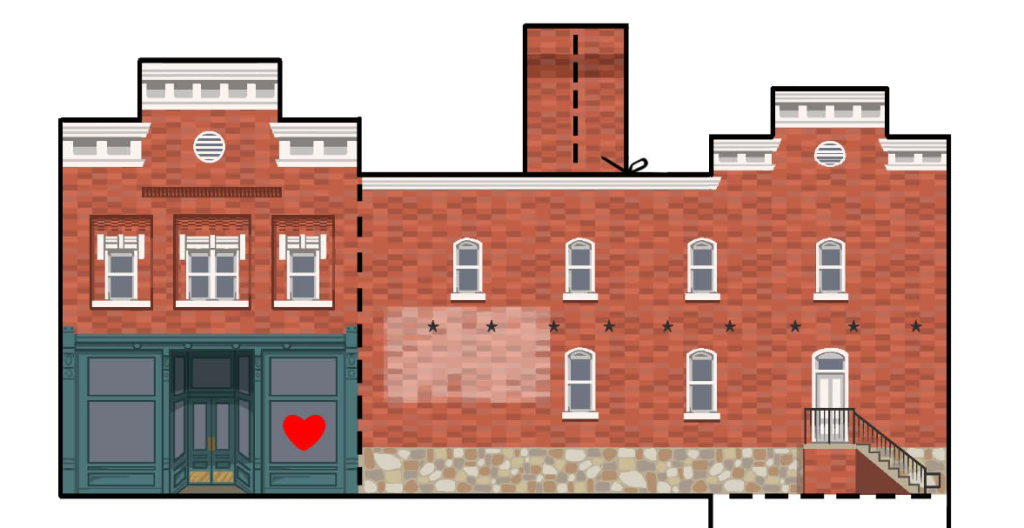
Wire Hardware Store ca. 1895
Preservation Maryland Grant Recipient
The original structure was built in 1884, close to the new B&O Railroad that supplied its goods. After being destroyed by a fire, it was rebuilt tob e fireproof, including its iconic cast iron storefront. The building was the first recipient of a heart bomb, a fundraising strategy that engages local communities in the preservation of historic buildings. It is now maintained as part of the Rockville Historic District.

Stanley Institute Schoolhouse ca. 1865
Preservation Maryland Grant Recipient
The Stanley Institute, previously called the Rock School, is an early post-Civil War African-American school built and run independently by the local Black community. It was used as a schoolhouse until 1966, and is listed on the National Register of Historic Places. Today it is the 7th stop on the Harriet Tubman Byway, a self-guided driving tour
that covers 45 sites related to the Underground Railroad.
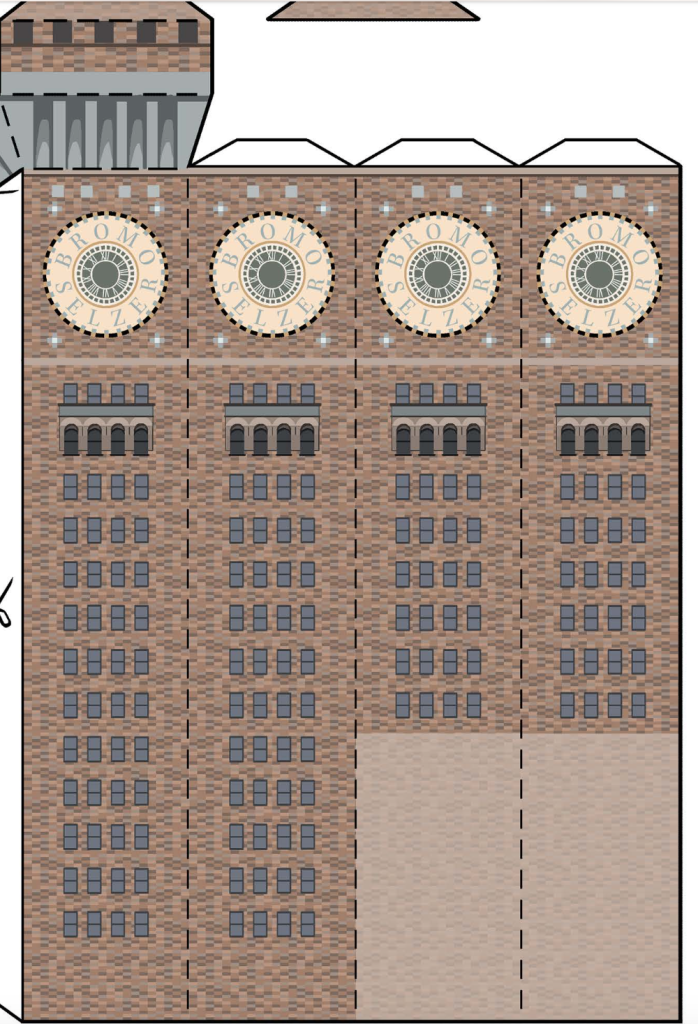
Emerson Bromo-Seltzer ca. 1907- 1911
Preservation Maryland Funding Recipient
This iconic Baltimore structure was part of
the Emerson Drug Company headquarters andmanufacturing plant for the powder headache pain reliefmedicine Bromo-Seltzer. Today it houses The Baltimore Office of Promotion & The Arts.
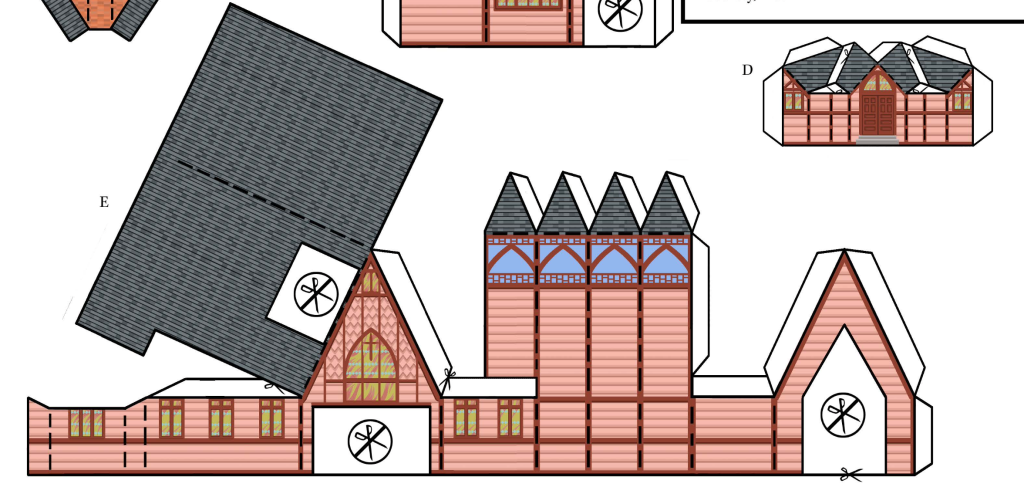
Christ Church ca. 1880s
Preservation Maryland Funding Recipient
The congregation that built the church was first established at Claiborne’s settlement at
Kent Point in the 1630s and is recognized as one ofthe oldest congregations in the state. The Queen Anne’s County purchased the property in 2003, and the docents are
members of The Kent Island Heritage Society, Inc.

